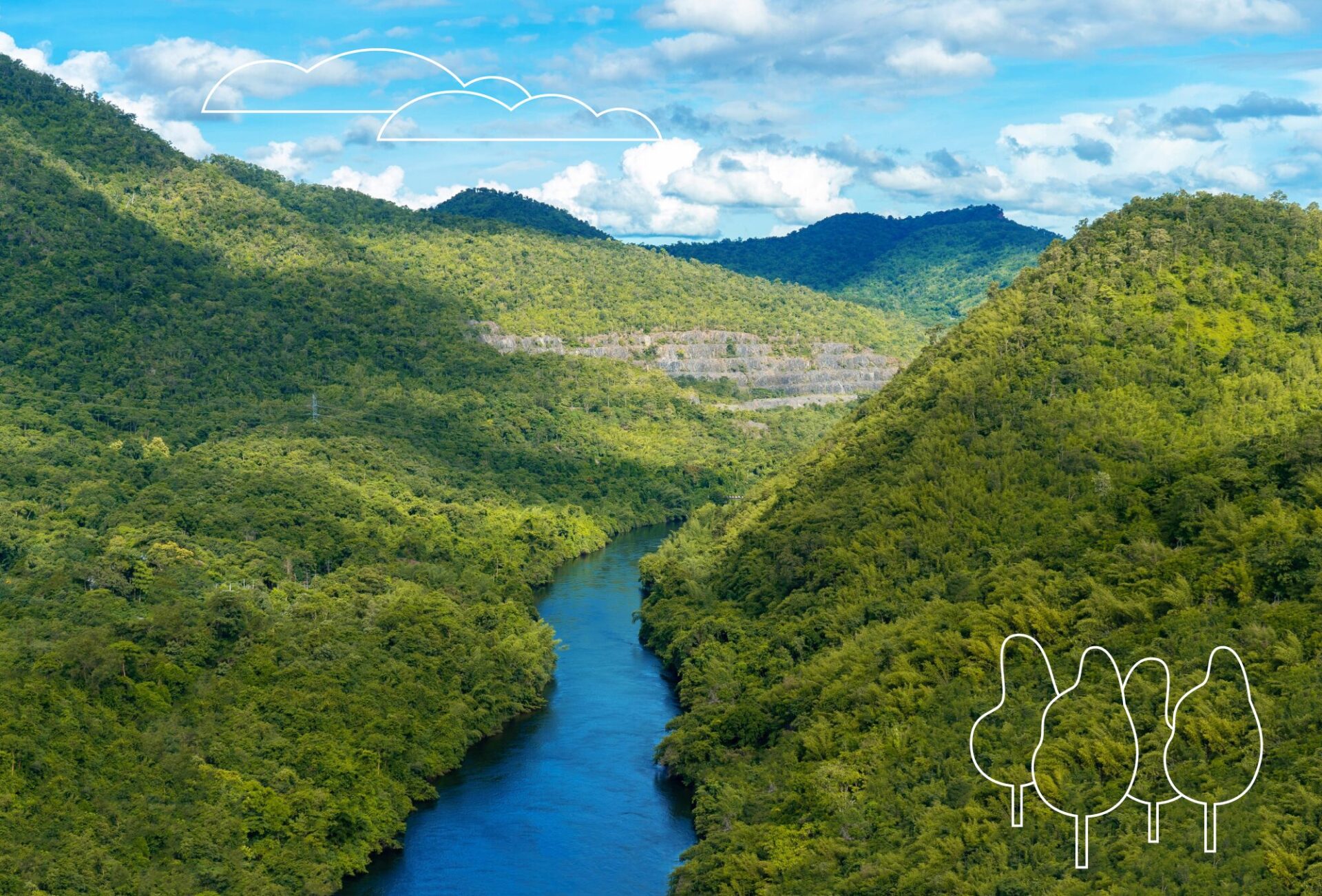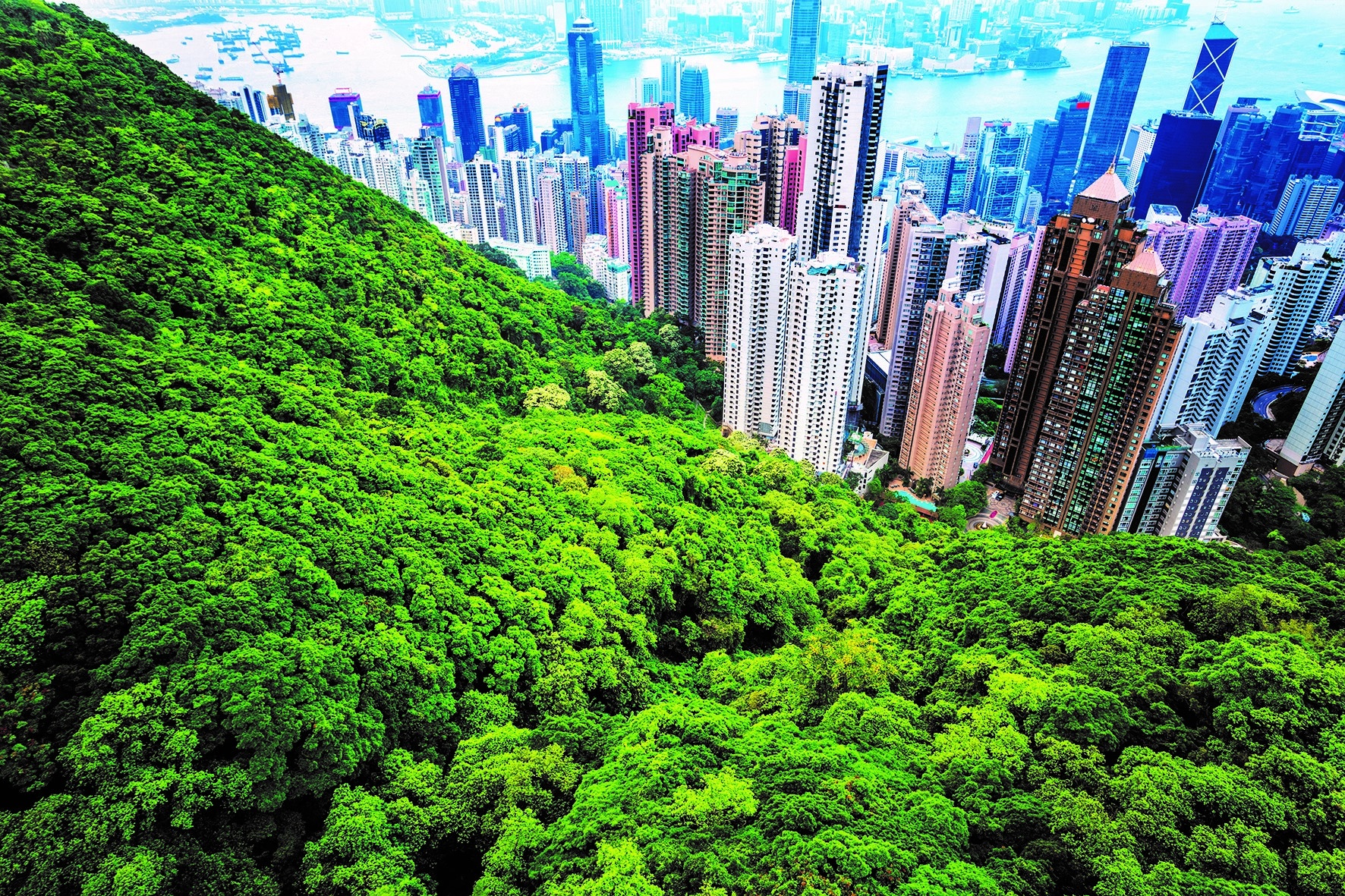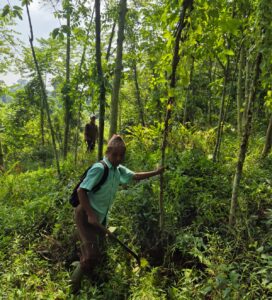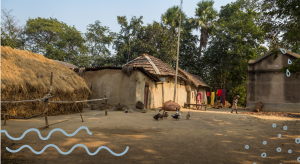- SIWI – Leading expert in water governance
- /
- Latest
- /
- Water in landscapes: Co-creating climate resilience
Water in landscapes: Co-creating climate resilience

The climate crisis is a water crisis. The first way humans experience the climate changing is through water – droughts, floods, uncertain rainfall patterns. A healthy landscape supports the atmospheric flow of water and encapsules various ecosystems that ensure biodiversity, food security, and other goods and services. In a degraded landscape, the water cycle is disrupted, putting ecosystems at risk for collapse, and humans with them. Resilient landscapes are essential for a sustainable and water-secure future.
A healthy landscape incorporates many functions that are dependent on each other. When working properly, landscapes produce and ensure ecosystem functions that benefit all life. Integrating water flows into the many types of ecosystems in the landscape (such as wetlands, forests, farmlands, etc.) is crucial. Integration provides access to clean water, boosts carbon storage, reduces the risk of droughts and flooding, sustains biodiversity, and contributes to climate mitigation and adaptation.
The forest-water nexus
In order to achieve the 2030 Agenda and successfully meet all the Sustainable Development Goals (SDGs), landscape and water interactions play a pivotal role. A fully functioning and uninterrupted water cycle affects landscape productivity and climate resilience.
If large areas of trees are cut down in one area, the water cycle risks being interrupted, disturbing ecosystem functions, and possibly causing a drought in another area down-wind. When tree cover is lost, the soil is at risk for erosion, and the water cycle may become hampered. The water simply floods the area and disappears back to the sea, leaving land dry and infertile.
If this development is not corrected, landscapes will degenerate to such an extent that they no longer can provide clean water, fibre, energy, food, and carbon storage that currently makes up the backbone of societies. The forest-water nexus must function fully to ensure the landscape is healthy.
Forest and trees in a landscape
Forests, and all types of tree cover, play a pivotal role in climate adaptation and mitigation. Tree roots infiltrate the ground, recharging groundwater and holding water within their soil, which helps to prepare for uncertain flow of floods and droughts. Trees sequester carbon from the atmosphere, storing it in their leaves, trunks, and roots. Trees are water consumers, but also water filters and reservoirs – these interactions are necessary to halt climate change and improve landscape resilience.
Healthy forests and trees are crucial for an intact water cycle. Although there are many forest restoration initiatives occurring all over the world, sometimes these plans do not include water flows sufficiently. For example, if the wrong species of tree is planted, too many or too few trees are planted, this can threaten the survivability of the seedlings or trees. This can also have other negative affects such as reduced water flow downstream.
Biodiversity
Within a landscape, many different species live and function together in a mosaic of different ecosystems. Within species there are genetic variations, with each variety potentially playing a crucial role in that ecosystem and improving species resilience. If one species is lost, another may not be able to take over its role, leaving a hole in the ecosystem. If many species are lost, there is increased risk of an ecosystem collapsing. A biologically diverse ecosystem includes all of these variations, which means if one variation declines another may take its place. When biodiversity is promoted in landscapes, nature is better protected against climate change.
An integrated approach
In the past, landscapes and water have been viewed as two separate sectors. Water tends to be viewed through the lens of drinking water, heating and cooling, or industrial processes, yet landscapes and water work together to provide ecosystem services that benefit everyone. These ecosystem services can include climate regulation, nutrient circulation, pollination, temperature cooling and regulation, evapotranspiration of water into the atmosphere, and many others – all of these services depend on water to function.
A cross-sectoral, integrated approach to landscape planning and policies that includes water, although complex and difficult, is the only way to ensure long term resilience and effectiveness for landscape climate adaptation.
Water in landscapes
It is possible to shift to more sustainable practices that recharge water, restore soil health, sequester carbon, and strengthen biodiversity – but we need to make the transformation now.
Learn more
Most recent

SIWI Reflections 2025: When water-smart restoration builds change from the ground up
- Freshwater and ecosystems/biodiversity
- Water in landscapes
- Water governance

SIWI Reflections 2025: Shaping SIWI’s future through strategy, collaboration, and renewal
- Water and climate
- Water in landscapes

SIWI Reflections 2025: Shaping water resilience through European policy
- Water and climate
- Water cooperation

Bridging borders through source-to-sea management

Taking root: locally driven forest landscape restoration

Revisiting The Clean India Mission for World Toilet Day 2022


